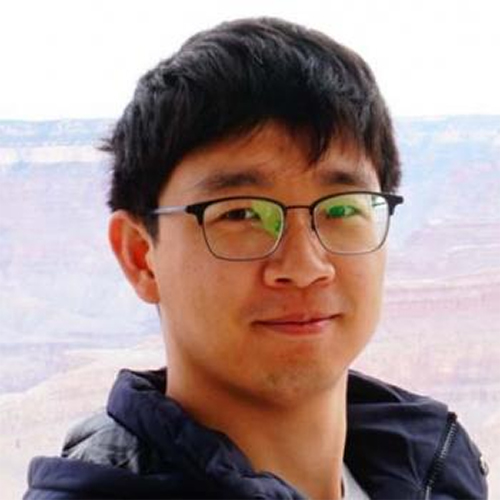
Zhi Qiao of the Advanced Photon Source (APS) X-ray Science Division (XSD) is one of 11 postdoctoral appointees at the U.S. Department of Energy’s (DOE) Argonne National Laboratory to receive a 2021 Postdoctoral Performance Award that recognizes their contributions to the Laboratory’s pivotal discoveries.
Qiao, whose award was in the Applied Research category, and who is with the XSD Optics Group, developed a breakthrough x-ray wavefront-sensing technique based on coded-mask technology and deep learning which significantly improves the ability of scientists to measure x-ray optics and beam quality at the Advanced Photon Source and other synchrotron x-ray light sources. This innovation will be important for the APS facility after the APS Upgrade is completed and, in combination with deep learning techniques, will also lead the way to real-time imaging of samples ranging from biomedical specimens to solar cells.
Qiao has a Ph.D. in Optical Engineering from the Chinese Academy of Science and was previously a postdoc at the John Adams Institute, Physics of Plasma, Department of Physics, Imperial College London. He has been working in the field of high-power laser systems and laser acceleration and currently his research focuses on advanced x-ray phase contrast imaging methods and AI-based imaging methods for x-ray wavefront sensing and metrology, including grating interferometry and speckle tracking.
“I am delighted to see Zhi recognized by this award for his work in developing innovative wavefront-sensing tools for imaging and testing and validating mission-critical wavefront-preserving optics for the APS Upgrade Project beamlines and future operations,” said Lahsen Assoufid, leader of the Optics Group.
Alec Sandy, Associate Division Director in XSD, said that it is “exciting and gratifying to see Zhi’s impactful contributions and hard work recognized with this award. Zhi’s work will be especially important for enabling beamlines to realize their utmost performance after the APS Upgrade Project is complete.”
The Advanced Photon Source is a DOE Office of Science User Facility operated for the DOE Office of Science by Argonne National Laboratory under Contract No. DE-AC02-06CH11357
The U.S. Department of Energy's APS at Argonne National Laboratory is one of the world’s most productive x-ray light source facilities. Each year, the APS provides high-brightness x-ray beams to a diverse community of more than 5,000 researchers in materials science, chemistry, condensed matter physics, the life and environmental sciences, and applied research. Researchers using the APS produce over 2,000 publications each year detailing impactful discoveries, and solve more vital biological protein structures than users of any other x-ray light source research facility. APS x-rays are ideally suited for explorations of materials and biological structures; elemental distribution; chemical, magnetic, electronic states; and a wide range of technologically important engineering systems from batteries to fuel injector sprays, all of which are the foundations of our nation’s economic, technological, and physical well-being.
Argonne National Laboratory seeks solutions to pressing national problems in science and technology. The nation's first national laboratory, Argonne conducts leading-edge basic and applied scientific research in virtually every scientific discipline. Argonne researchers work closely with researchers from hundreds of companies, universities, and federal, state and municipal agencies to help them solve their specific problems, advance America's scientific leadership and prepare the nation for a better future. With employees from more than 60 nations, Argonne is managed by UChicago Argonne, LLC, for the U.S. DOE Office of Science.
The U.S. Department of Energy's Office of Science is the single largest supporter of basic research in the physical sciences in the United States and is working to address some of the most pressing challenges of our time. For more information, visit the Office of Science website.
